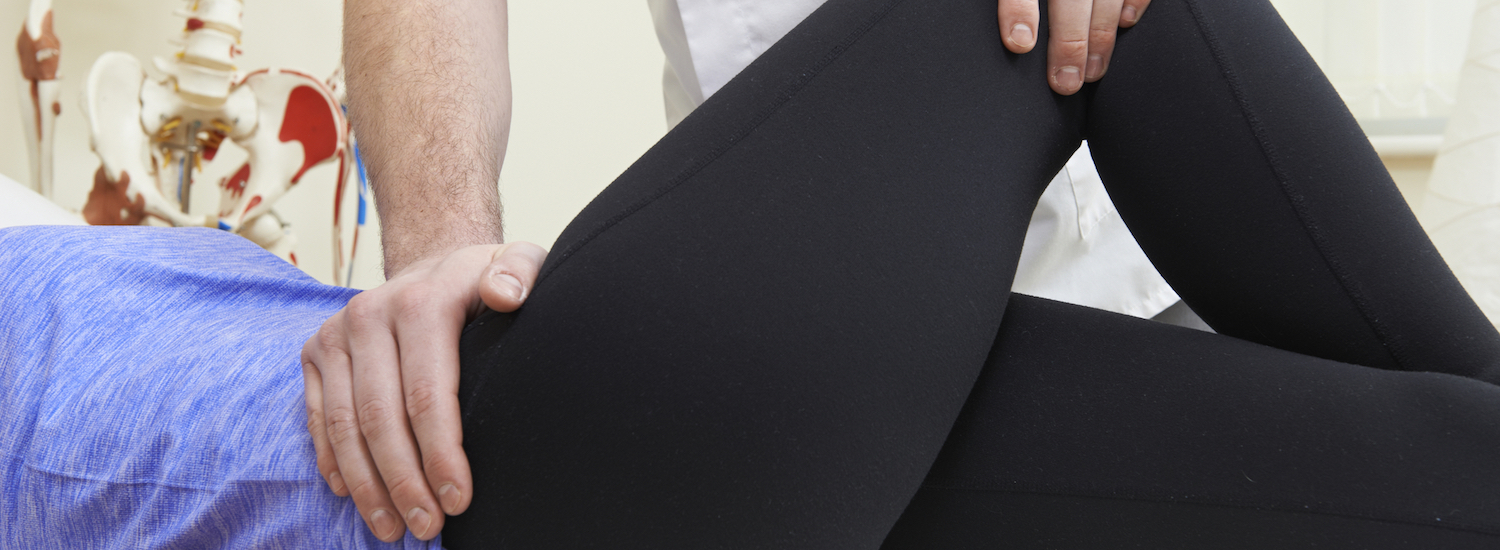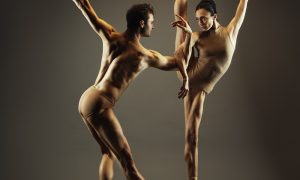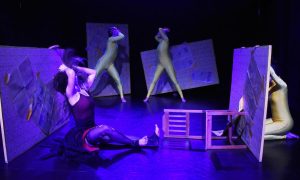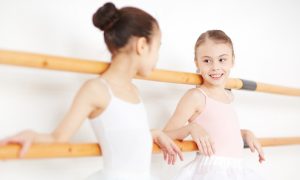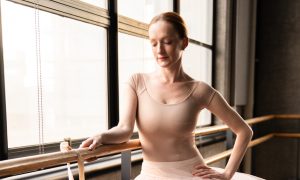It used to be that I had to pop my hips. I simply could not turn out or get my leg high up in the air where I wanted it to be if I didn’t first give my thigh a good shove and feel that release. I didn’t know why it felt that way nor what was making that sound, whether it was something to do with the joint itself or with muscles and tendons outside of it. But I knew that it felt good to do it; that it not only didn’t produce pain, but it served to reduce it, and I knew it was different from other sorts of pops and snaps and cracks. So many dancers do this! But is it safe?
There are several different ways you might feel a pop in your hip, and different neighboring body parts are involved, but the general mechanism is the same: tendons glide over a bony structure. Tendons are what connect muscle to bone. Tendons usually cross a joint and are held in place by bands of tough fascia and bony structures, but they can sometimes move over those bony structures and get temporarily caught on them as you are moving through a large range of motion. And sometimes they don’t go very smoothly. It is like a rubber band being pulled over a catch, and it can result in an audible “pop” sound and/or a pop that you can feel.
Of course, this happens when we purposefully cause a joint to pop or snap, but it can also happen on its own. In fact, a typical occurrence, particularly in adolescent dancers, is commonly called “snapping hip”. Dr. Donald Rose, one of the founders and orthopedic specialists at the Harkness Center for Dance Injuries at NYU Langone Medical Center, says that this is often one of two things: “the iliotibial band can snap over the greater trochanter, something called coxa sultans externa (‘jumping hip’). But the most common cause is secondary to coxa sultans interna, which is secondary to the iliopsoas tendon snapping over the front of the hip joint capsule like a rubber band. This is quite common and is almost unique to the dance population.”
The iliopsoas muscle is a major hip flexor, meaning that you use it to help bring your thigh up in movements like battement (kick) or développé (leg extensions) to the front and side. It connects to your lower back and then comes forward, connecting on the inside of your pelvis to connect at the other end to the front of your thigh, so it feels like it is in the front of your hip. When you pop your hip and it feels like you got something out of the way, it’s because you did; you moved a tendon.
Everyone’s joints are fairly similar in shape, but how tight or lax the soft tissues are around the joint, and whether or not someone can pop their hips, can differ a lot between individuals.
Abby De Angelis, a certified hip specialist and clinical director at SPEAR Physical Therapy, points out that flexibility and what your body will do vary. “Dancers generally need more joint range of motion than the average person,” she says. “These increased ranges are usually a product of genetics – how your hips are shaped at birth – and working on this mobility from a young age.”
We know that dancers love to pop their joints because it feels good, it can help with mobility, and it can often seem necessary. But is it safe?
“Occasional snapping of the hip, if it is secondary to the iliopsoas, is fine, and some dancers feel a relief from it,” says Dr. Rose. But it comes with a caveat that “if it’s done repetitively or habitually, this can result in irritation of the tendon or inflammation of the bursa (a sac between the tendon and the joint capsule) and can subsequently result in pain and discomfort and decreased dance function. So, painless snapping if it’s not done to excess is okay. When it becomes painful or is in excess, it can negatively affect the dancer.”
De Angelis agrees. “When it happens infrequently, there is no real consequence,” she says. “Over and over again, it can lead to pain, inflammation, tendonitis, tendinosis, break down and tears.”
Kasey Archer, a former dancer who works at In Touch Physical Therapy and with De Angelis at SPEAR, has a great suggestion for dancers to help prevent hip pain. Guess what it concerns: strength.
“To take care of their hip sockets, dancers need to ensure they have balanced muscle strength throughout their hips, core and legs,” Archer advises. “Dance often favors an externally rotated, or ‘turned out’, position, and dancers need to be sure to strengthen their hips in both parallel and turnout for optimal muscle symmetry.”
So, don’t be afraid to get relief from cracking your hips. To pop is to be a dancer. But use your smarts; see a clinical specialist if you are experiencing pain, and protect your hips by keeping them strong and not overdoing it. Your hips will be grateful to you in the long run.
By Leigh Schanfein of Dance Informa.


